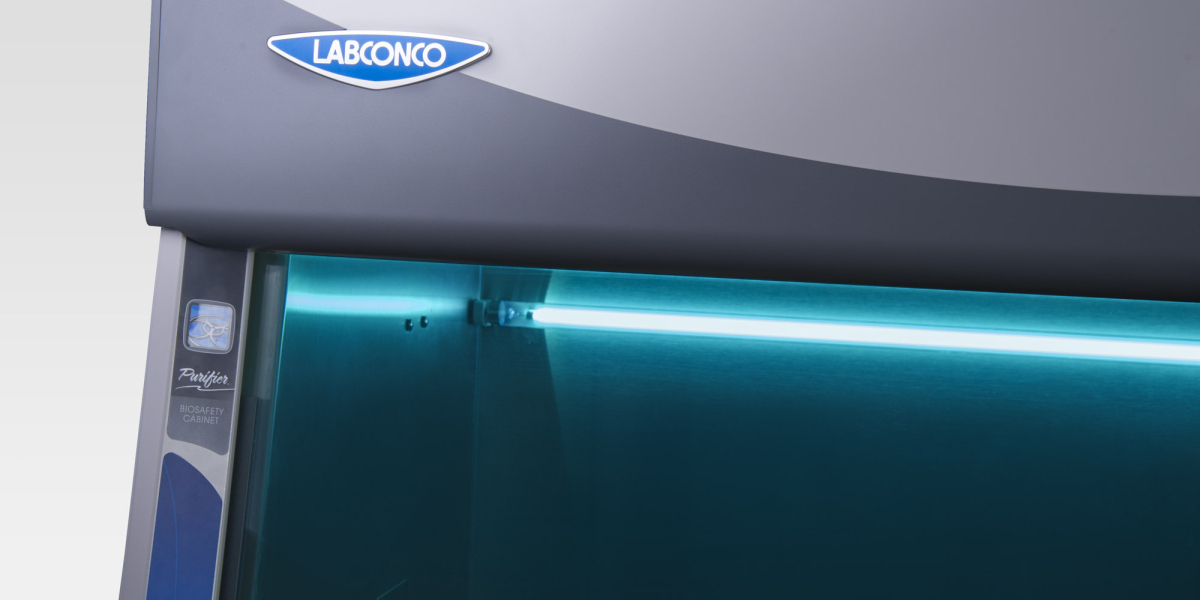2 biosafety cabinet UV lamp rules

For decades, germicidal UV lamps have been used in Class II Biological Safety Cabinets to keep the biosafety cabinet’s interior clean when not in use. Many researchers swear by the use of UV lamps and would never consider using an enclosure without one. Others believe UV lamps provide a false sense of security, or don’t see the merit in a UV lamp (see NIH reference). Germicidal lamps utilize UVc radiation (typically 254 nm wavelength). This energy is very good at doing a specific task, but it’s a poor broad spectrum decontaminant, and here is why.
What your BSC's UV lamp can do
UVc is a recommended accessory for your BSC or laminar flow bench when working with cell cultures, PCR or other genetic materials because UVc radiation is efficient at breaking up chemical bonds and denaturing DNA and RNA. Under prolonged exposure, these chemical changes lead to dysfunctional genetic material, and eventually, cell death.
What your BSC's UV lamp cannot do
Germicidal lamps use low energy radiation—so low that the waves are incapable of penetrating barriers or of reflecting from most surfaces. This simply means that for UV lamps to be effective, the target MUST be in direct line of sight with the light source. This is bad if you are using a germicidal lamp as the primary decontaminant in your lab’s culture enclosure. However, for those folks populating the lab or standing outside of the enclosure with nothing but a sheet of glass between them and the blue tube of light, this is a good thing. It means that sheet of glass is more than sufficient to block you from becoming irradiated.
Use of a UV lamp for the purpose of primary decontamination is rampant, as is the frequency of cross contamination. True, cross contamination can be caused by a number of factors – but experience shows that labs utilizing UV lamps as the only means of “cleaning” their BSC have a higher prevalence of such issues.
Two simple rules for using UV lamps
- If you are using “naked” DNA/RNA or performing PCR, UV lamps are excellent at rendering these materials harmless.
- If you are doing anything else with biological material, do not rely on UV lamps alone to keep your work area clean. Always wipe down exposed surfaces with a proper decontaminant prior to turning on the UV lamp, and always wipe down exposed surfaces with a proper decontamination after turning off the UV lamp.
| chevron_left | Video: How to Set Up and Install Your New Rebel True-Ergo Microscope Table | Articles | Video: How to Install or Replace Gloves and Port Covers on a Labconco Glove Box | chevron_right |






